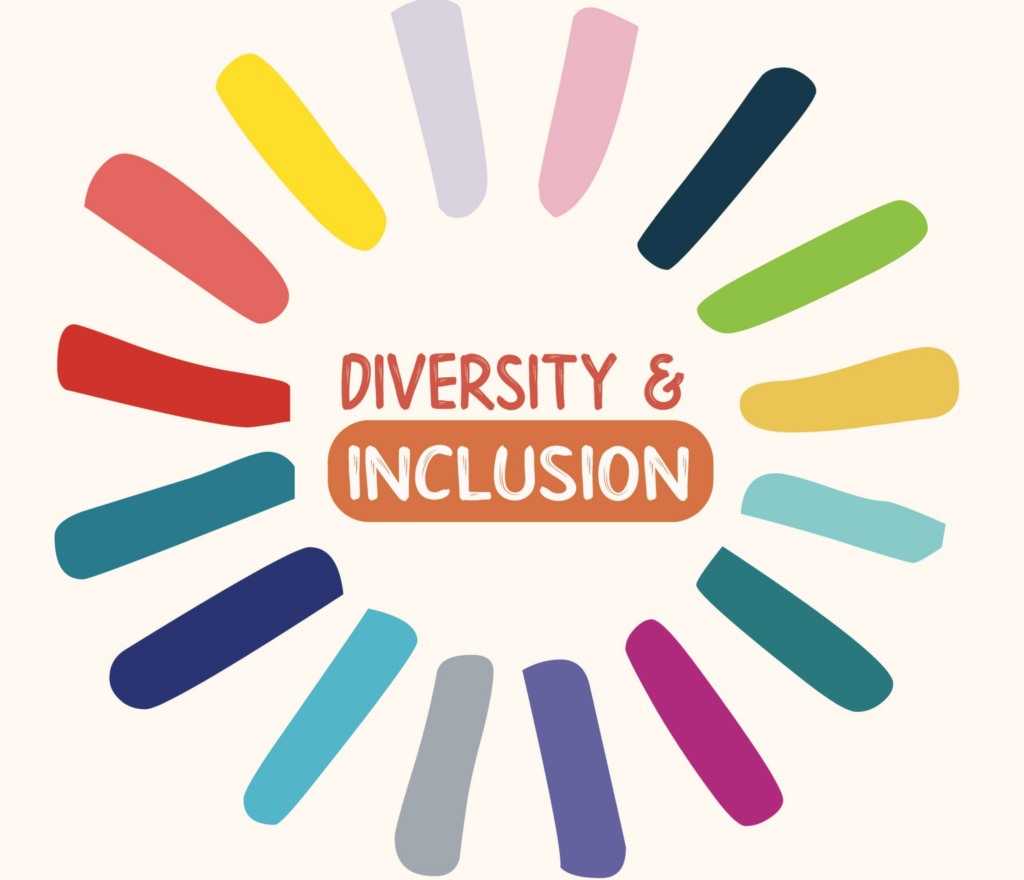EDCI 339
This week’s readings reshaped my understanding of what it means to be “inclusive” in online and open education. This week’s readings urged me to consider the different complexities involved in designing and participating in open and online learning environments and platforms.
After understanding Funes and Mackness’s (2018) critique of open educational initiatives on inclusion, where the reproduction of exclusion occurs, there are many factors that contribute to something being inclusive due to power, identity, as well as each individual’s experiences in learning spaces.

The CAST UDL (Universal Design for Learning) framework offers a different approach to accessibility that addresses the diverse needs of all learners. Through the three key principles of multiple means of engagement, representation, and expression, the reading and videos examine the design of the environment and learning experience rather than the barriers within the learner as an individual. It is about educators designing instruction that accommodates learners’ diverse learning needs. After watching the video, I am interested in how the Cast UDL can be implemented in all online courses without institutional commitment and involvement with resources.

The Inclusive Design Research Centre (IDRC) emphasizes the importance of understanding diversity and uniqueness within each individual. Instead of taking a one-size-fits-all approach, the inclusive design recognizes, values, and respects each person’s individuality and views them as unique. In order to achieve universal fairness and inclusion, IDRC seeks to approach inclusive design through adaptability and involvement.

After reflecting on all the readings, I began to understand the difficulty in designing open education to allow and promote an environment that is both accessible and inclusive. There are pivotal factors involved in creating an inclusive and accessible online environment that extend beyond simply making content open and free. This week has deepened my understanding of what it means to design and participate in learning that is accessible and inclusive for learners. My inquiry is about understanding how open educational environments can be designed to prioritize learner autonomy and inclusivity without simply reinforcing dominant norms.

References:
About UDL. UDL On Campus: About UDL. (n.d.). https://udloncampus.cast.org/page/udl_about
Funes, M., & Mackness, J. (2018). When inclusion excludes: A counter narrative of Open Online Education. Learning, Media and Technology, 43(2), 119–138. https://doi.org/10.1080/17439884.2018.1444638
Philosophy. Inclusive Design Research Centre. (n.d.). https://idrc.ocadu.ca/about/philosophy/
Hi Ella,
I really appreciated your reflection this week—your discussion of how inclusion isn’t just about making content available, but about intentionally designing for learner diversity, really resonated with me. The comparison between UDL and the Inclusive Design Research Centre’s philosophy was especially insightful.
Your point about institutional commitment got me thinking about my own experience. In one of my online courses, the instructor provided weekly video summaries and written transcripts, which helped me stay engaged when I was too tired to watch a full lecture. That small design choice made a big difference for me, and I can see now how it fits into the UDL principle of multiple means of representation.
Hey Ella!
What an excellent and thorough analysis of the readings and considering for yourself the complexities of designing inclusive online learning spaces and resources or materials. Like you, I’m also interested in how the UDL principles can be implemented in online spaces “without institutional commitment and involvement with resources.” I’m curious about how to navigate this complexity of a desire to increase or improve existing UDL principles while experiencing a lack of institutional or financial (at times when necessary) support. Thank you for bringing this important point up in your reflection. It helps move the conversation from ideals to action and impact; we have to consider the logistics in practice and not just the optimal goals.
In your website design, you have a great style of breaking up paragraphs and text with informative and relevant images, and I noticed you have all your references organized well at the end. This is something I should be doing more of to improve my blog posts.
I love that your background design is very pink! What a fun change to the usual white background. I do wonder if the visually stimulating background would be considered the best choice for people with visual challenges to view or for any other accessible factors? I have used this website called Accessibility Checker (https://www.accessibilitychecker.org/) on my own site and still have more work to do for the accessible features. I find it’s useful to know what areas of our sites we can improve from a resource that has valuable information that we, as the creators, may not consider for the users! Let me know what you think 🙂